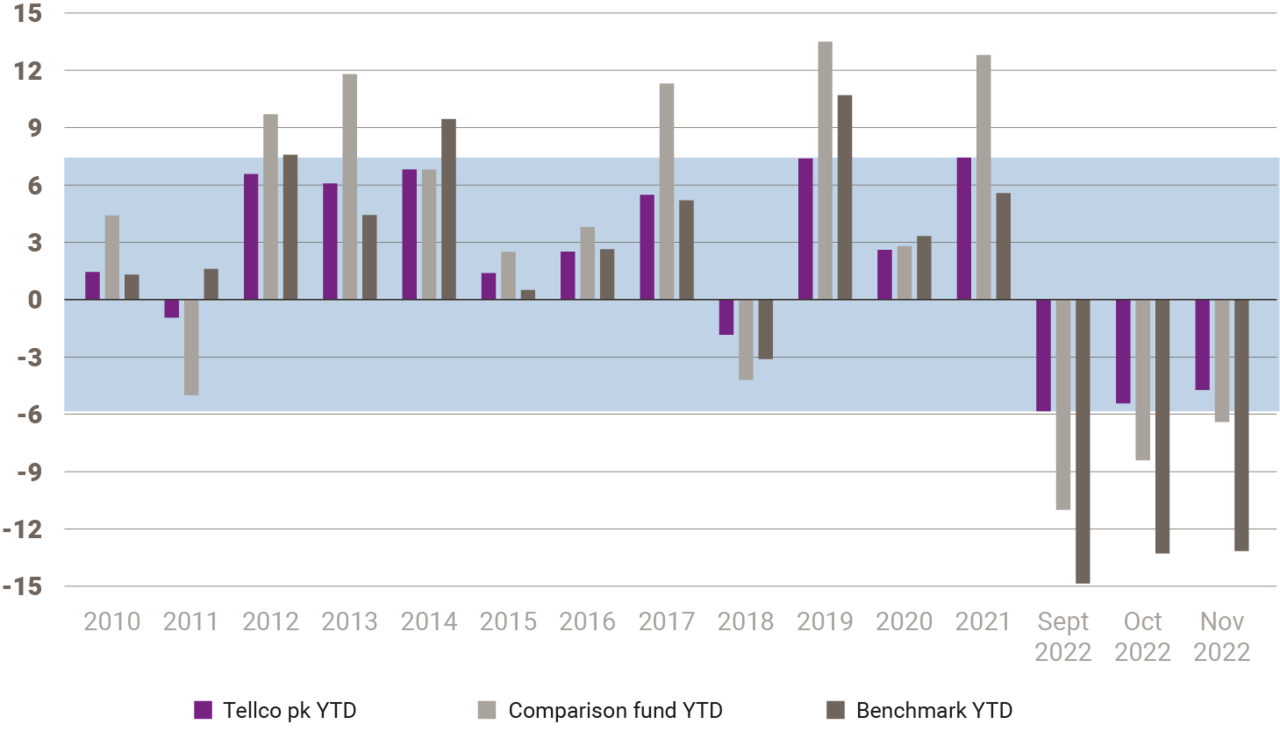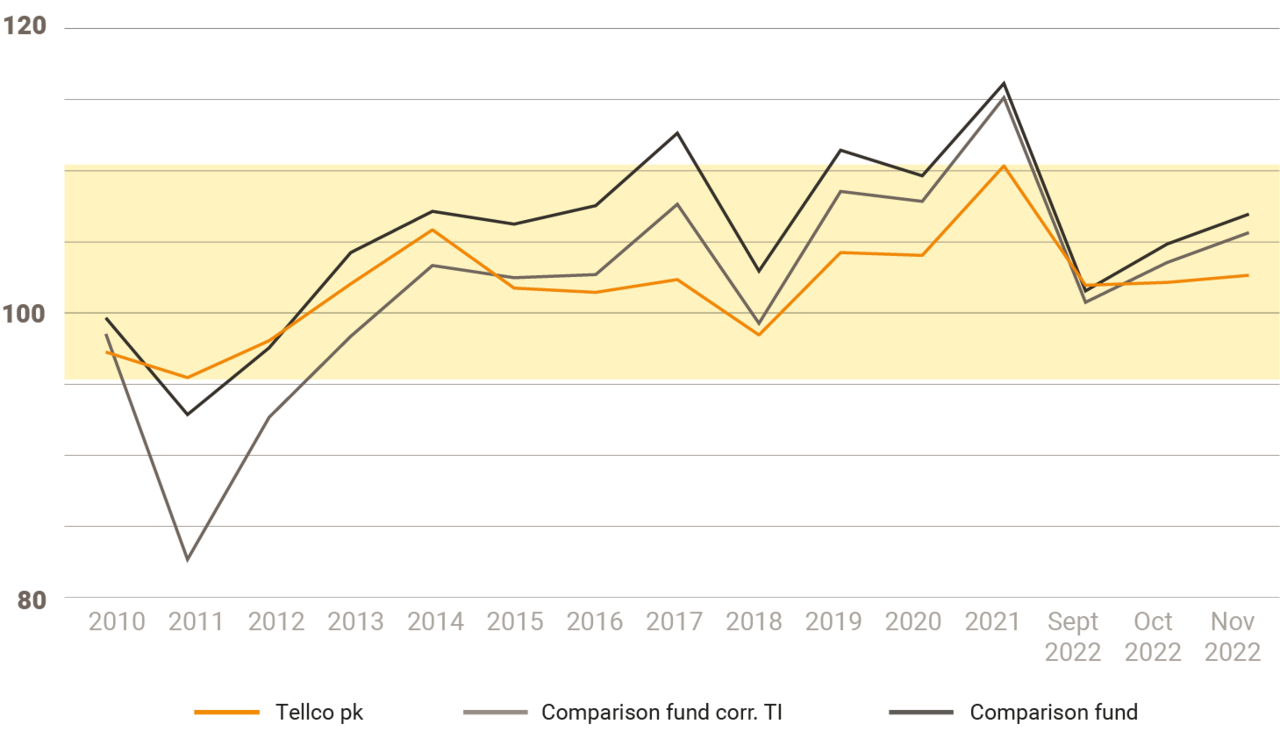The supplementary benefits system is being adjusted with effect from 1 January 2021, when more stringent criteria will apply to claiming supplementary benefits. The idea is to counteract the ongoing increase in costs so that supplementary benefits can be provided to support people whose pensions are not enough to live on in the long term. The supplementary benefits reform also comes hand-in-hand with changes to the second pillar: older unemployed people now have the option of remaining insured with their pension fund.
Supplementary benefits are designed to provide financial support to pension beneficiaries whose old-age and survivors’ insurance (OASI) and invalidity insurance (II) pensions are not enough to live on. The rise in life expectancy and the increased number of people requiring long-term care has fuelled a continuous rise in the number of people drawing supplementary benefits in recent years. The 2021 supplementary benefits reform is designed to counteract these mounting costs.
The new regulations apply as of 1 January 2021:
1. Contributions for rent adjusted to reflect place of residence
The new rent contribution rules are a welcome development for people drawing supplementary benefits. To date, there have been two maximum amounts for supplementary benefits: one for single people and one for married couples and families. This amount was the same regardless of whether people were living in the city or in the countryside. As part of the supplementary benefits reform, these maximum amounts have been adjusted to reflect individuals’ place of residence.
2. A lower asset allowance will apply
Pension beneficiaries’ assets are taken into account when calculating whether they are entitled to supplementary benefits. Individuals are assigned an allowance, i.e. a certain part of their assets that is not included in the supplementary benefits calculation. A small part of the assets that exceed the allowance is counted as income. The supplementary benefits reform reduces the amount of these allowances. As of 2021, the allowance for single people is CHF 30,000.00, while the allowance for married couples is 50,000.00.
3. Wealthy individuals will not receive any supplementary benefits
Another new feature is the upper asset threshold for calculating supplementary benefits: single people with assets of more than CHF 100,000.00 are not entitled to any supplementary benefits. The upper threshold for married couples is CHF 200,000.00. The value of owner-occupied residential property does not count towards this upper threshold and is subject to an allowance of CHF 112,500.00. The idea is to help pension beneficiaries to be able to stay in their own homes.
4. Assets cannot be reduced by gifting money
Individuals who opt to do without their assets, for example by gifting them, will not enjoy any advantages when it comes to calculating supplementary benefits. This money is counted as if the pension beneficiary still had it. It is only from the second year after the money is gifted that an individual’s assets are reduced by CHF 10,000.00 a year.
5. Assets must not have been spent excessively
Individuals who want to reduce their assets considerably before they reach retirement age in order to fall below the asset threshold and receive supplementary benefits are likely to find this harder to do from 2021 onwards. This is because starting then checks will be performed to see how the pension beneficiaries used their assets in the 10 years before they applied for supplementary benefits. If their spending was excessive, then this portion will count towards their assets, just as it would if they had gifted the money. Excessive means spending more than 10 per cent of assets totalling more than CHF 100,000.00 a year. This does not include expenses to preserve the value of residential property, medical and dental costs, work-related expenses, the costs of initial and further professional training or living costs if the individual concerned was already not working before retirement.
6. Older unemployed people can now maintain their second pillar cover
If someone aged 58 loses their job, they automatically leave the pension fund. The retirement savings they have built up then have to be transferred to a vested benefits account. This means that, based on the current legislation, people who become unemployed shortly before they retire no longer receive a pension from the pension fund when they reach retirement age, but rather only receive the capital from the vested benefits foundation. This is set to change as of 2021 with the supplementary benefits reform. Older unemployed people will have the option of maintaining voluntary insurance with their previous pension fund. They will then enjoy the same rights as other policyholders (interest rate, conversion rate, pension). However, the insured persons have to pay the second pillar contributions themselves.
7. Supplementary benefits now to apply the actual health insurance premium
In the future, individuals claiming supplementary benefits will only be able to credit the health insurance premium that they actually paid. The maximum amount that can be credited corresponds to the average cantonal or regional premium.
8. Heirs have to pay supplementary benefits back
If individuals claiming supplementary benefits die and leave more than CHF 40,000.00, a new repayment obligation applies to their heirs. They have to pay back supplementary benefits claimed in the last 10 years before the individual’s death (only applies to supplementary benefits drawn from 2021 onwards). The repayments have to be made from the deceased’s estate, not from their own assets.
9. Three-year transitional period
A transitional period of three years applies to everyone who was already claiming supplementary benefits before the reform. This means that even if they are set to receive less in supplementary benefits after the reform, the cuts will not be applied for a period of three years. If individuals currently claiming supplementary benefits are entitled to a higher amount after the reform, then they can already claim the higher amount in 2021.





